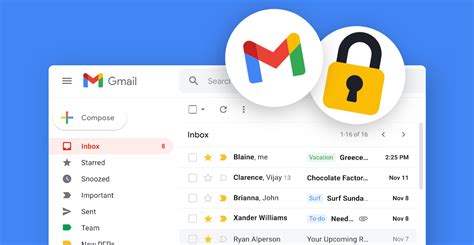By Not-Quite-a-Cybersecurity-God, but Definitely a Snarky Observer of Human Folly
If the digital world had a version of the Trojan horse, this would be it. Except instead of a wooden beast rolling through the gates of Troy, it’s an email in your inbox, smugly passing all of Gmail’s security checkpoints like it’s holding a VIP pass signed by Larry Page himself. This is the DKIM Replay Attack, and it just crash-landed in Google’s front yard with the elegance of a raccoon on roller skates.
Let’s back up. You remember DKIM, right? DomainKeys Identified Mail—the thing that’s supposed to whisper sweet assurances into your email provider’s ear that, yes, this message is really from who it says it is. It’s the digital equivalent of checking the signature on a love letter… and then mailing it to your ex because someone copied the signature. Enter stage left: the bad guys. Phishers. Scammers. Keyboard goblins. Whatever you want to call them, they’re using DKIM against the very system designed to protect it.
They’re replaying signed Google-originated emails like it’s the Super Bowl highlights reel, except this time the touchdown is your personal data, and the ball is an OAuth token.
OAuth—You Mean That Thing I Click Without Reading?
Yep. OAuth. That friendly little pop-up that says, “Do you want to give this suspicious-looking app full access to your digital soul?” And like obedient digital sheep, we click “Allow,” because thinking is hard and the app logo looked kinda legit.
What makes this particular attack so disturbingly brilliant (and I say “brilliant” in the same way you might describe a raccoon hotwiring a car) is that the emails come from actual Google domains. That means Gmail’s usual digital bouncers—SPF, DKIM, and DMARC—nod and wave them through like, “Looks good, buddy. Come on in.” It’s the security equivalent of asking someone, “Are you a murderer?” and trusting them when they say no. Spoiler: they were totally a murderer.
How Did They Pull It Off?
Simple. They took a DKIM-signed message from Google, copied it, and sent it again. And again. And again. Each time, it passed inspection. This isn’t just a loophole—it’s a digital doughnut hole, sugar-glazed and ready for abuse.
With DKIM replay, the attacker doesn’t even need to forge a signature. They just reuse one that’s already been blessed by Google’s divine email gods. They wrap their poisoned payload inside what looks like a clean Google envelope. Gmail sees the DKIM checkmark and says, “Ah yes, this is good and holy,” and lets it through. Inside? A phishing link that looks so real it could convince your grandmother, your boss, and your cat.
Why This Matters (a.k.a. The Part Where I Try to Sound Smart)
This isn’t just about spam emails trying to sell you crypto porn or fake weight loss tea. This is targeted, silent, and surgical. OAuth token theft is the holy grail of access control—once the phishers get that, they’re not just reading your emails. They’re you, in every system that trusts Gmail as an identity source. They’re not robbing your house; they’ve become your digital doppelgänger and moved in while you’re still paying the rent.
What Can You Do?
Besides panic? Not much. Well, maybe a few things:
Don’t trust every email with a Google domain. That blue checkmark is about as reliable as a Tinder bio.
Use a security key. Not a metaphorical one. Like an actual, physical hardware key. FIDO2. Yubikey. Whatever makes you feel like a spy.
Enable two-factor authentication. Preferably not via SMS, unless you enjoy giving Russian hackers a scavenger hunt.
Think before you click “Allow.” Just because it asks nicely doesn’t mean it’s not about to eat your digital lunch.
Final Thought, Because Every Article Needs a Dramatic Close
In a world where email was supposed to be the castle with a moat, someone just figured out how to bribe the gatekeeper with a forged royal seal. And the kingdom? That’s your inbox.
So the next time you see an email that looks too clean, too perfect, and too trustworthy… maybe don’t click. Or do. Who am I, your mom? But don’t say I didn’t warn you.
Creative Tech Solutions is here to expose vulnerabilities before they’re exploited, to defend digital ecosystems, and—frankly—to call out Google when its castle gates swing open a little too easily.
So whether you’re a startup running on Gmail or an enterprise trusting OAuth for single sign-on, the message is clear: Don’t trust the envelope. Trust the armor.
And if you don’t have armor? We’ve got some that fits.

